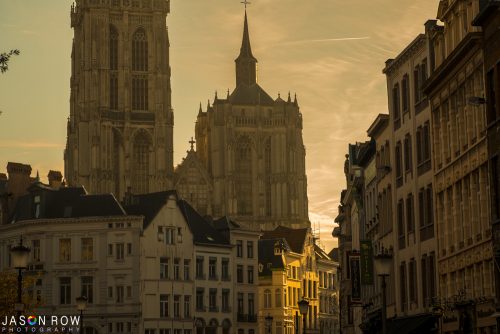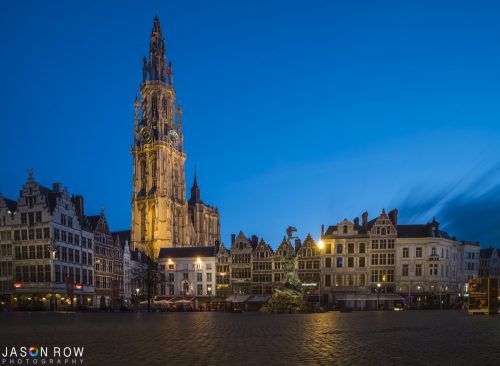Photography is a visual form of storytelling. Be it a single image, a montage or an entire sequence we can relate a story to the people viewing the images. There are so many forms of photography that are ideally suited to storytelling. Documentary and photo journalism are the obvious ones but think a little outside the box and you will see many others. Travel photography, sports, wildlife even studio shoots all lend themselves to visual storytelling.
But how can we create stories with photographs?
Think of Reading a Book
The opening chapters will establish the setting for the story, introduce the characters and locations. The middle chapters will give the context to the story whilst the final chapter give us a conclusion, either closure, or a hint of things to come.
Visual storytelling requires the same structure. We lead our viewer on a journey through the story that we have witnessed, on the way conveying the mood and emotions of that story.
Despite what you might think, a visual story can be told in a single shot, however a more complex story requires more images.
Quick Tip: One thing to try to eliminate from your mind when shooting a photographic story is to mimic film and video. Motion based stories work in a different way from stills. A stills story requires a small number of high impact visuals to lead the viewer on a journey. A motion story can create a more flowing story using more general shots, audio and narration.



Putting Together a Story
Like writing a book, telling a story in photography requires some pre-planning. You need to decide what you want to convey in the story, what mood you want the story to take and how the story might unfold. To get an idea of how the story might work, let's imagine a travel photo story. This might be a trip to a beautiful city.
For example our story might be “a day in the life” of the city. We would open the story with an establishing shot. This could be a dawn cityscape, a shot that establishes where we are, what time of day and the mood. From there we might show the sun rising behind an iconic location.

The next shots would be a mixture of close, mid and wide shots of the city coming to life. Masses of feet walking across a bridge, a wider shot of all the people on that bridge heading to work. Garbage collections, postmen, deliveries, all of these would help convey the feeling of morning in the city.
The middle of the day would be a mixture of iconic locations, people, transport. Close shots, abstract shots, wide shots. Towards the end of the day, the sun setting behind a sweeping cityscape, people enjoying themselves in bars, buses, trains and taxis in a busy rush hour.
To close the story you could have a deserted night shot of a famous place, a nighttime cityscape or simple a street sign at night.

Edit, Edit and Edit Some More
To create a great story you will need to shoot many more images than you will actually use. As well as having a plan for the story, keep your eyes open for little moments that help define that story. Use different focal lengths, different perspectives. If shooting something specific, use a wide angle and a zoom. Look for close details that can add to the story.
When it comes to editing the story. Go through all the images in chronological order removing those that do not work. Use an image management program such as Lightroom to organise the timeline of your story. Look for shots taken at similar times that work well visually together, allowing the viewer’s eye to flow easily from one image to the next, very much as if they were reading a book.
Because we are telling the story through the medium of stills, try to reduce your story down to 10-20 high impact images that can tell the whole story.
Although we might not notice it, we are often subconsciously creating photographic stories when we shoot. With a little more pre-planning we can take our stories to a new level, taking the viewer on a journey through the scenes, events and emotions we encountered when creating that story.
What Next?
Get out an shoot. Upload your photo story to your website and leave a link in the comments!




